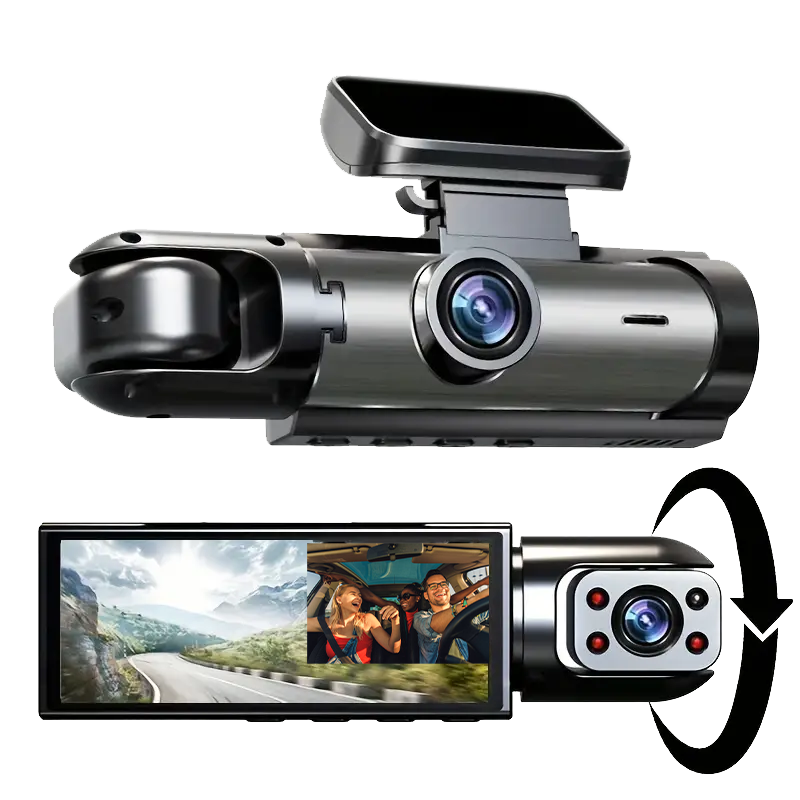
Nissan Maxima Fourth Generation 1994- 1999

| Fourth generation (A32) | |
|---|---|
 |
|
| Overview | |
| Also called |
|
| Production | February 1994 – 31 March 1999 |
| Assembly | Japan: Oppama Plant, Yokosuka, Kanagawa South Africa: Rosslyn, Gauteng |
| Body and chassis | |
| Body style | 4-door sedan |
| Layout | Front-engine, front-wheel-drive |
| Powertrain | |
| Engine |
|
| Transmission | 5-speed manual 4-speed automatic |
| Dimensions | |
| Wheelbase | 106.3 in (2,700 mm) |
| Length | 1996–99: 189.4 in (4,811 mm) 1994–96: 187.7 in (4,768 mm) |
| Width | 69.7 in (1,770 mm) |
| Height | 55.7 in (1,415 mm) |
| Curb weight | 2,870 lb (1,300 kg) |
Designed in 1991, the fourth generation Maxima arrived in May 1994 for the 1995 model year as the A32. A new VQ30DE 190 hp (141 kW), 205 lb·ft (278 N·m) 3.0 liter V6 was the only engine option for the North American market. The VQ30DE earned a first spot on the Ward's 10 Best Engines List, and the VQ has now been recognized consecutively for every year since its introduction (as of 2012, 18 years running). The independent rear suspension of the previous generation was replaced with a lighter and cheaper torsion bar solid axle system, part of a general trend of cost cutting by Japanese manufacturers in the wake of the bursting of Japan's economic bubble of the late 1980s.
The Maxima's primary competitor, the Toyota Cressida, was discontinued after the 1992 model year, with Toyota touting the front-wheel-drive Toyota Avalon, a stretched version of the Toyota Camry introduced in 1994, as its replacement.
1997–1999 Nissan Maxima (US)
In October 1996, the Maxima's exterior was refreshed for 1997, with new five-spoke alloy wheels, plastic (clear-lens) headlights vs. the previous glass headlights, a slightly different front and rear fascia with new redesigned tail-lights, the rear-facing part of the trunk was smoothed out to match the tail-lights, re-designed fog-lights and badge designs, and a chrome grille insert for GLE's (body color for SE models) was added. Among interior changes were a different steering wheel and CD player. Front seat-mounted side impact airbags were added as an option for 1998 and 1999 SE and GLE models. There were also structural modifications to improve crash worthiness for the 1997 to 1999 models. The 1999 Nissan Maxima also saw some minor changes: an Anti-Theft Engine Immobilizer was standard using a chip in the ignition key, as well as some minor body trims.
The 1999 Maxima SE was also available with a Limited Package which consisted of Titanium tinted SE-Limited emblems on the front doors, titanium tinted trunk emblems, and titanium tinted 16" alloy wheels. The interior gauge cluster was also titanium tinted and the optional leather seats were perforated and embossed with SE on the backrests. The front floor mats were also embossed with SE-Limited logos.
The North American 1995 Maxima included a Bose Sound System on the GLE (optional on the SE) which had a 6 speaker sound system, a Clarion system was also an option (non-Bose). The fourth generation Maxima was highly praised for its quiet, roomy interior.
This Maxima was Motor Trend's Import Car of the Year for 1995. The Maxima SE again made Car and Driver magazine's Ten Best list for 1995 and 1996.
The 1995's VQ30DE (3.0 litre) engine produced 190 hp (142 kW) and 205 lb·ft (278 N·m) of torque. With the manual transmission 0–60 mph took 6.6 seconds with a quarter-mile time of 15.2-seconds at 92.4-mph, making it both the quickest and fastest (142 mph top speed) Japanese sedan on the North American market at that time. A top-of-the-line 1994 Maxima GLE equipped with a four-speed automatic transmission turned in a 8.0-second 0-60-mph run with a 16.0-second/89.4-mph quarter-mile time.
At the time, the Maxima was one of few four-door, six-cylinder cars sold in North America with a standard manual transmission. A viscous limited slip differential came standard on Canadian SE models equipped with the 5-speed manual. The automatic was a no cost option, which most Maximas were equipped with.
As the Maxima badge was retired in Japan, this particular generation was sold there as the Nissan Cefiro A32. The Cefiro badge had previously been used on a Nissan Laurel-based, higher specification model with rear-wheel drive (see A31 Cefiro). For the Japanese market, a Cefiro-badged station wagon was also available. One version of the Cefiro (Brougham VIP spec) was sold in the US as the Infiniti I30, yet the Cefiro had subtle differences including different fog light arrangements, one-piece headlights and a few assorted engine options (VQ20/25/30DE). The Cefiro was actually introduced first, in August 1994, and was originally available with 2 and 2.5-liter V6 engines with 155 or 190 PS (114 or 140 kW) JIS.
This generation was also sold as the Maxima QX in Europe and other parts of the world, and was mostly identical to the Japanese Cefiro except for minor trim differences. In Europe a smaller, two-litre V6 engine with 140 PS (103 kW) was available in addition to the larger 3.0, to suit local taxation structures.

